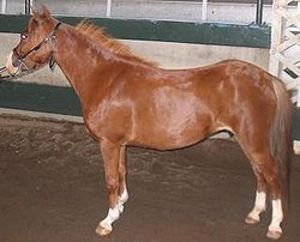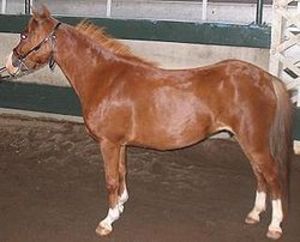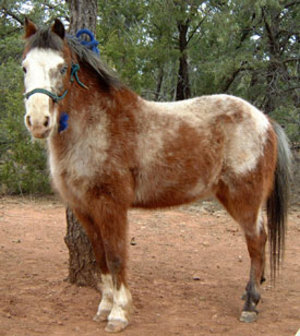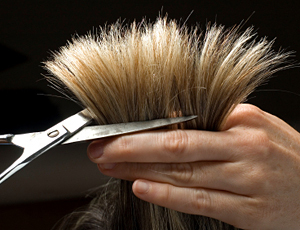Shetland ponies in America come in four varieties, although all can be registered with the American Shetlan Pony Club. This article will focus on two of those variestes, the Modern American Shetland and the Classic American Shetland. All Sheltands aren’t born nasty, but they can easily become nasty if they are not handled properly. Unlike some other kinds of horses and ponies, American Shetlands do not suffer fools lightly and are only recommended for people that not only have extensive experience in handling horses, but are very patient.
How To Ruin The Temperament
As stated before, American Shetlands are not born nasty. They are intelligent, which means that they can get bored easily and therefore need to be kept busy. They can figure out how to open stall doors and gates, so extra locks may be needed. Even then, they may figure out how to dig their way out of a fence, so fence maintenance is essential. They also crave companionship and will be far more willing to escape if they are kept alone.
As foals, it’s hard to beat an American Shetland in the cute department. This means it can be tempting to spoil them to let them get away with habits that may seem cute when foals (like resting their forehooves on your shoulders) but can be downright dangerous when they get to their full weight of a few hundred pounds.
When they suddenly disciplined for behavior they had been originally praised for, this can get an American Shetland understandably annoyed. They then become mistrustful of people and tend to greet them with laid-back ears. They then need patient retraining to realize that not all people are mean. But since they are so small, they may not get this training and are instead sold, ignored or given up to animal rescues.
The Genetic Backgrounds
The Modern American Shetland is a much fierier individual than types more closely resembling the original Shetland from the Shetland Isles. This is because Hackney and Welsh Ponies were introduced into the breed in the 1850’s in order to make a smaller version of the long-limbed, high-stepping Hackney Pony. American Show Ponies also fall into this category. They are bred to win ribbons at horse shows where high-stepping and spirited behavior is rewarded.
The Classic American Shetland is a slightly chunkier version of the Miniature Horse and the British Shetland is – well, is what a Shetland used to be before Americans started fooling around with the original design. They are calmer and more adaptable than the show-types, but they are not stupid. If they don’t want to do something, they just plant their feet and will not budge.
In Conclusion
All Shetlands are unforgettable characters. If they get bad behaviors, it’s because of the fault of the people keeping them, not due to the ponies themselves. Classic American Shetlands have been successfully used in therapeutic riding programs, so when given respect, a proper diet and regular exercise, they can put up with just about anything when they know they have a job to do.
Resources
“The Official Horse Breeds Standards Guide.” Fran Lynhaug. Voyageur Press; 2009.
“Storey’s Illustrated Guide to 96 Breeds of North America.” Judith Dutson. Storey Publishing; 2005.
“International Encyclopedia of Horse Breeds.” Bonnie Hendricks. University of Oklahoma Press, 1995.
“The Ultimate Horse Book.” Elwyn Hartley Edwards. Dorling Kindersley; 1991.
“Simon & Schuster’s Guide to Horses and Ponies of the World.” Maurizio Bonginanni. Simon & Schuster, 1988.
Author’s personal experience







